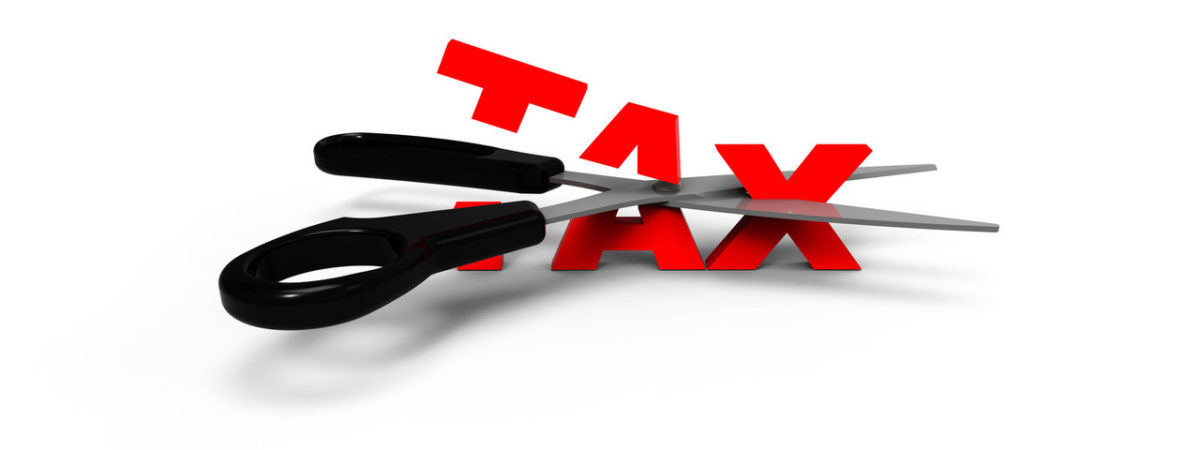Stupid taxes are nothing new – but that doesn’t make them any less stupid (Part 2)
SUGGESTED



The Hat Tax
Astonishingly, hats were subject to a special sales tax between 1784 and 1811, first introduced by Pitt the Younger. Pitt, who also served as Chancellor of the Exchequer for much of his tenure as Prime Minister, was responsible for implementing 17 new taxes, more than any other Chancellor, before or since.
Like the Window Tax, it was designed to be a progressive form of taxation – hats were viewed as a neat proxy for wealth, something richer citizens were likely to own more of, and poorer people unlikely to own at all.
In London, milliners were required to buy a retail licence for two pounds. Elsewhere in the country, shops were charged 5 shillings. An additional levy was then applied, in proportion to the hat’s price tag. The government was able to trace the number of hats on the market, by issuing revenue stamps to milliners, which they were required to paste on the linings of their goods.
Hefty fines were imposed on anyone (milliner or hat-wearer) who failed to pay the tax, and the government went even further by imposing the death penalty on those caught forging revenue stamps.
It led to constant disputes as to what actually lay within the charge, with sellers attempting to dodge the tax by rebranding their creations as “headgear”. As a result, the government was forced to officially amend the legal definition of a hat in 1804. If legal experts have to waste their time quibbling over the precise definition of what constitutes a “hat” – you’re probably dealing with a stupid tax.
The Wig Tax
The Hat Tax was soon followed in 1795 by the Hair Powder Tax, another attempt by the Pitt administration to squeeze the rich to fund Britain’s costly war with Napoleonic France. New legislation required all users of hair powder, essential for wearing the fashionable wigs of the period, to purchase an annual certificate for one guinea (equivalent to about £120 in today’s money).
There were exemptions for clergymen, barristers, army and naval officers, and other workers whose professions required them to wear wigs in day-to-day life. The Royal Family and their servants were also exempt from the charge, for less progressive reasons.
While some wig-wearers did pay the annual fine, many more decided they could do without their elaborate coiffures and the policy is credited with ushering in new trends for cropped hair, and swiftly putting an end to Britain’s flourishing wig industry. In 1812, 46,684 people were still paying the tax – by 1855, this number had dropped to 997. By the time of its repeal in 1869, the tax yielded an annual revenue of just £1,000.
Restrictions on Gin
Last year, for the first time ever, gin sales exceeded £1 billion. Yet our love affair with gin really began in earnest in the late 17th century, after William of Orange’s Court popularised it – then the favoured drink of the Dutch – among the British. English troops, fighting alongside soldiers from the Low Countries during the Thirty Years’ War, had already noted the bravery-inducing effects of the drink on their foreign counterparts – nicknaming it “Dutch Courage”.
Thanks to lower import duties on gin, and deliberate hikes to beer duty, gin quickly supplanted ale as the favoured drink of the poor. Sales skyrocketed from 572,000 gallons in 1684, to eight million gallons by 1742.
At the height of the gin craze, an estimated 20 million gallons were being consumed each year in London alone. One estimate puts gin consumption during the 1740s at an average of two pints a week for every man, woman and child! Crime rates and prostitution soared. Between 1720 and 1750, the city’s birth rate fell, while the mortality rate rose, as people literally drank themselves to death as can be seen in contemporary artworks like William Hogarth’s Gin Lane etching of 1751.
The government understandably sought to combat the social problems caused by this brush with binge-drinking, but their approach, to attempt to put gin beyond the reach of the masses through hefty taxes and stricter licensing laws, backfired horribly.
In 1729, an excise licence of £20 was introduced, along with duties of two shillings for every gallon of gin. A further Act in 1733 banned street vendors from selling the drink. When these regulations failed to have the desired effect, the Government passed a far-reaching Gin Act in 1736, which aimed to make (legal) gin prohibitively expensive for all but the wealthiest.
The Act required all sellers to purchase a retail licence for £50. This was a huge sum at the time, more than the entire annual earnings of the average labourer, and well beyond the means of the majority of traders. New laws also barred distillers from selling less than two gallons wholesale, meaning that the poor were prevented from purchasing gin in affordable quantities.
As with many modern-day “sin taxes”, however, onerous gin levies helped stimulate the black market and encouraged illegal distilling en masse.
Within six years of the introduction of the Gin Act, only two distilleries had actually bought licences, yet over the same period of time, production had risen by almost 50 per cent as bootlegging soared (common additions to contraband gin included turpentine spirit and sulphuric acid). And blindness was a common side-effect of consuming these mixtures.
The Act suppressed the legal end of the gin trade, but the quantity of “bad spirits” consumed by the English public continued to rise, with gin sellers deploying increasingly creative means to dodge the legislation. This era is even thought to have originated the world’s first vending machine, as a front for selling bootleg gin on the streets.
Britain’s notorious gin craze may have happened almost three centuries ago, but today, as in the 18th century, affordability continues to determine the size of the illicit alcohol market. We ignore this fact at our peril.
As my colleague Chris Snowdon has outlined, it’s no coincidence that the two areas of Europe which consume the most contraband booze are Eastern Europe, where incomes are generally low, and Scandinavia, which imposes exceptionally high alcohol duties.
With both the Welsh and Scottish governments soon to implement minimum alcohol pricing as a quick fix for problem drinking, it seems policy makers might not have learnt all they might from all our past mistakes.
This article was first published on CapX.




